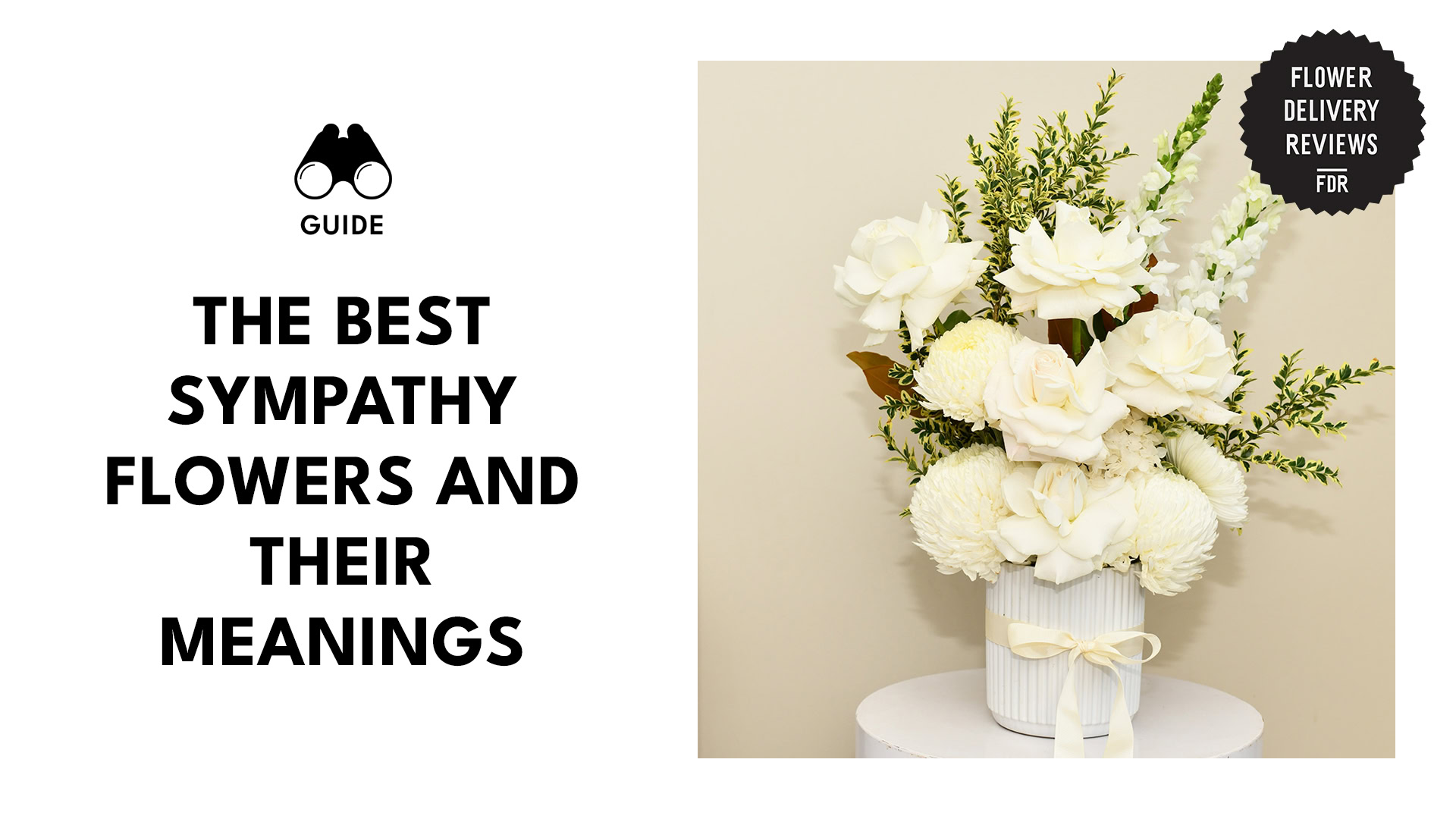Losing a loved one is one of the most painful experiences for anyone. During these dark times, a simple gesture like sending flowers to the grieving family can bring comfort and encouragement to them.
However, since the mourning period is a sensitive time for the bereaved, sending sympathy flowers requires a lot of care and thought.
If you’re struggling to find the right flowers to send, we’ve curated a list of the most appropriate flowers you can use and what they mean.
Carnations
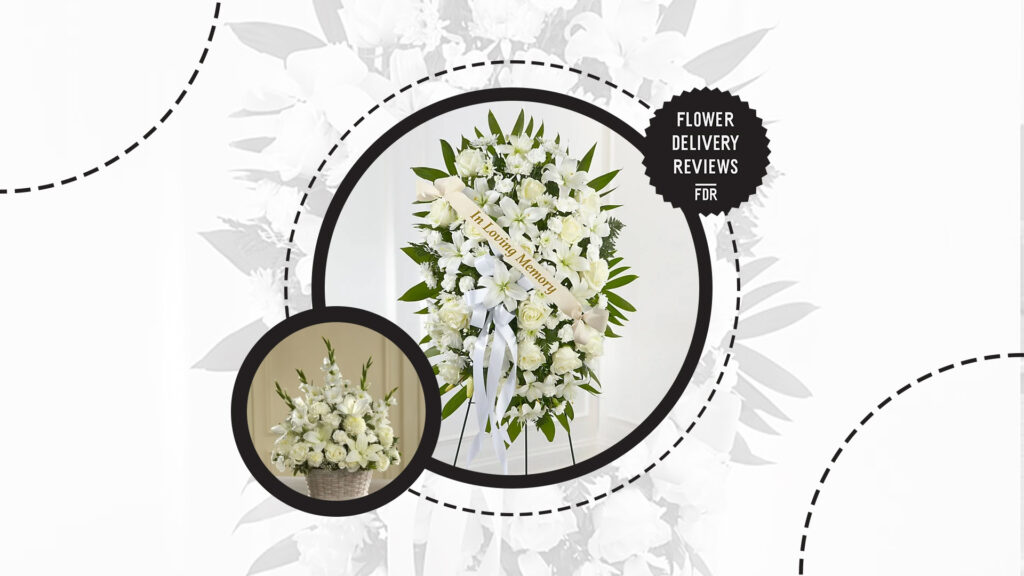
Carnations are a popular choice for sympathy arrangements and funeral flowers due to their fragrant scent and long-lasting blooms. They’re suitable for services that last several days, as they can remain fresh without much care.
Although they’re usually associated with love, many also believe that their name came from the Latin word “incarnation” or “God in the flesh.” Hence, they’re often used to offer comfort to grieving families and convey that their loved one is now at peace with God.
White carnations are typically the most commonly used ones, as they also mean innocence and pure love. But some also opt to use pink to signify their desire to remember the life of the deceased or red ones to symbolize their admiration and love.
Chrysanthemums

Chrysanthemums are commonly used as sympathy flowers in European countries. Although they’re also used in America, they are often limited to white colors, as other vibrant flower varieties denote positive and happy symbolisms.
These flowers symbolize death and mourning in countries like France, Belgium, and Austria, so you can safely send them to grieving families. White varieties of the flowers are also often used in funeral services in East Asian countries.
If you’re sending the flower in a bright color, like yellow or red, write a note explaining your intention to celebrate their life or express your love to avoid any misunderstanding.
Gladioli

Gladioli are symbols of bravery, moral integrity, and honor. They are the perfect flowers to let grieving families know their loved one lived an honorable and beautiful life and you admired every bit of it.
Any color of the flower can be used most of the time since they aren’t as vibrant as others. Yellow ones can be perfect if you’re close friends with the deceased, while white and purple ones can be ideal if you’re a colleague.
Sending gladioli as sympathy flowers to the home of the bereaved or the funeral home can offer both comfort and encouragement to grieving families. You can send them a vase or spray arrangement of the flower, depending on where you’re sending them.
Lilies
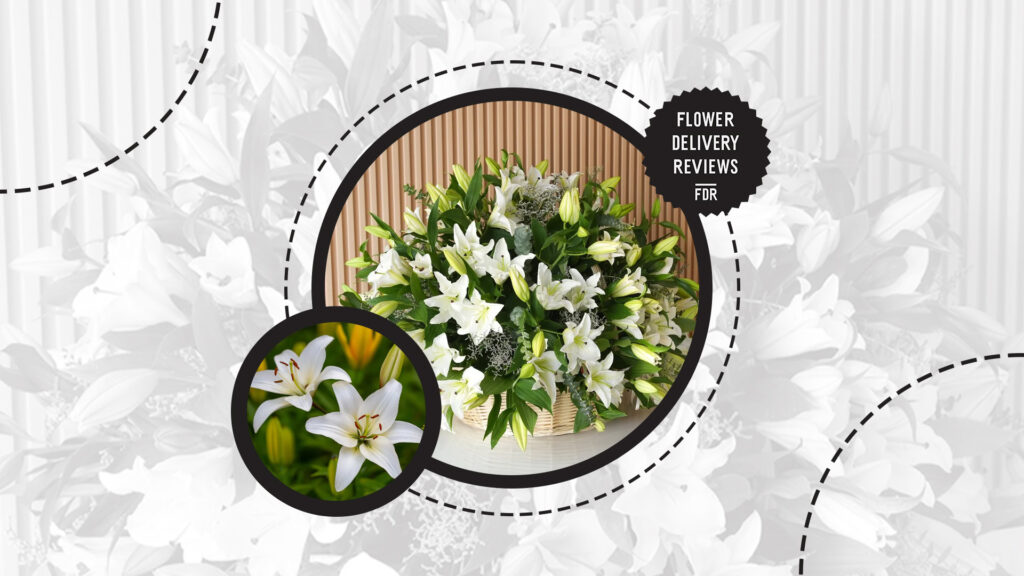
Lilies, especially white ones, are among the safest and most traditional sympathy flowers used around the world. They’re commonly associated with bereavement in almost every culture, making them suitable for offering comfort to mourning families.
For Christians, the flowers also symbolize rebirth and restoration of the soul. Sending the flower can symbolize your hope for the deceased to have a happy and fulfilling next life.
Roses

Roses are another commonly used sympathy flower, as they are universally known as symbols of love. Sending them to grieving families shows not just your sympathy for them but also conveys your love and support.
White roses are your safest bet if you’re not completely sure about the dos and don’ts when it comes to funerals in the family’s culture. These flowers symbolize remembrance, and white is a commonly considered appropriate color for funerals.
Pale yellow roses and pink ones are also commonly used. Yellow roses symbolize a celebration of life, while pink symbolizes appreciation.
Lilacs

Lilacs are the most popular sympathy flowers sent to families grieving for their young child. The flowers are a known symbol of youth and innocence, so they’re perfect for mourning the life of a kid or teen.
The flowers are also ideal if the deceased is known for their vibrant and childlike nature. It shows the family that others will also miss the deceased’s innocence and bright personality.
Some may also send lilac flowers to widows or widowers to extend sympathy. This is because lilacs used to symbolize lost love during the Victorian Era.
Orchids

While orchids are mostly associated with wealth and elegance, they’re still often used in sympathy arrangements. Their popularity as sympathy flowers actually stemmed from their long-lasting natures, as families can keep them even days after the funeral.
Some also associate orchids with long-lasting love, which helped make them suitable sympathy flowers. It conveyed the sender’s love for the deceased and the bereaved.
Any color of orchid can typically be used in funeral and sympathy flowers, but many florists stick to using white, purple, and pink. These colors are more subtle and match the somber mood in the funeral home.
Tulips
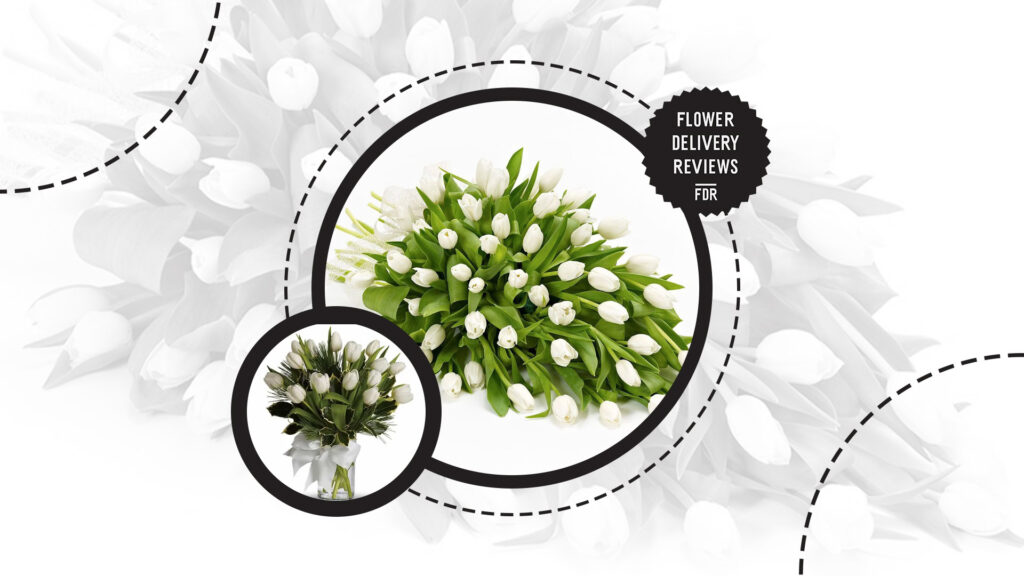
Although tulips aren’t traditionally used as sympathy flowers, they can still be a great option. Their white varieties symbolize purity, honor, grief, and condolences, making them suitable for conveying sentiments of peace and comfort to the bereaved.
If you’re close friends with the family, sending yellow tulips can also be a great way to offer encouragement. Not only can their bright colors help brighten up the home and the family’s mood, but they also symbolize hope and warmth.
They’re often sent in bouquets, vases, or baskets accompanied by a short note of encouragement and condolences.
Hyacinth
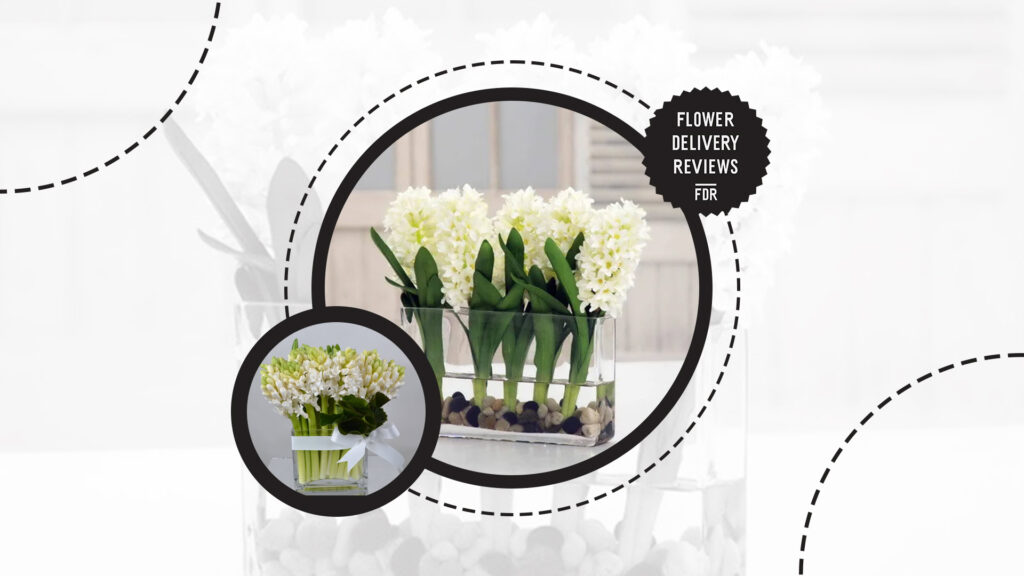
Purple hyacinths are often associated with sorrow, making them popular sympathy flowers. While they don’t have encouraging meanings like other flowers, they acknowledge the grief and sorrow the family feels and express sympathy.
If you find blue and white hyacinths, you can also add them to the arrangement. Blue hyacinths symbolize sincerity, while white ones symbolize prayers so they can convey hope for the family to heal from their loss.
Hyacinths also have a strong fragrance, which many hope can lighten the mood in the family home.
Forget-Me-Not

As you may infer from the name, forget-me-not flowers, especially blue ones, symbolize remembrance. Including them in a sympathy arrangement can let the bereaved know you’ll never forget the impact the deceased had in your life.
They’re also associated with peace and healing, conveying your wish for the family’s healing. Letters that explicitly say you wish the bereaved healing or peace may be too overwhelming at first, so the flowers can be a subtle way to send the message.
Girlfriends or boyfriends of the deceased who want to send sympathy flowers to their partner’s family can also use pink forget-me-nots. These flowers signify eternal love, letting the family know that you’ll love the deceased eternally, just like them.
Where should sympathy flowers be sent?

Sympathy flowers are commonly sent directly to the grieving family’s home instead of the funeral home or church. This is because the flowers are intended to comfort the family members.
That said, some families may request that sympathy flowers be sent to other locations to keep their privacy during their mourning period. The flowers will later be brought home by the family themselves.
When should sympathy flowers be sent?

There are no strict rules about when to send sympathy flowers, so you may do so anytime you feel comfortable.
However, many choose to send sympathy flowers as soon as they find out about the newly deceased to offer immediate comfort and support.
There are also some people who choose to wait until the funeral service is over to send sympathy flowers. This is to let the family know that they can lean on them as they try to process the death of their loved one.
However, if the family requests that the flowers be sent to the funeral home, make sure to schedule a delivery during the funeral service. The earlier, the better so that the flowers can be used throughout the service.
Special Considerations When Sending Sympathy Flowers
Bereaved Family’s Request

Some families may not accept sympathy or funeral flowers, so it’s best to respect their wishes. Whether it’s because of their customs or allergies, it’s advisable to just find other ways to show support.
If they do accept, they may have special instructions, like where to send them or what flowers to send, which you also have to follow and respect.
Culture and Religion of the Bereaved

Consider the grieving family’s culture and religion before sending sympathy flowers to ensure you don’t send anything offensive. In some cultures, some colors may be prohibited, and some flowers may not be appropriate.
For example, in Chinese and Korean culture, red flowers are not allowed because they symbolize happiness and may give the message that you’re happy about the death of the family’s loved one.

